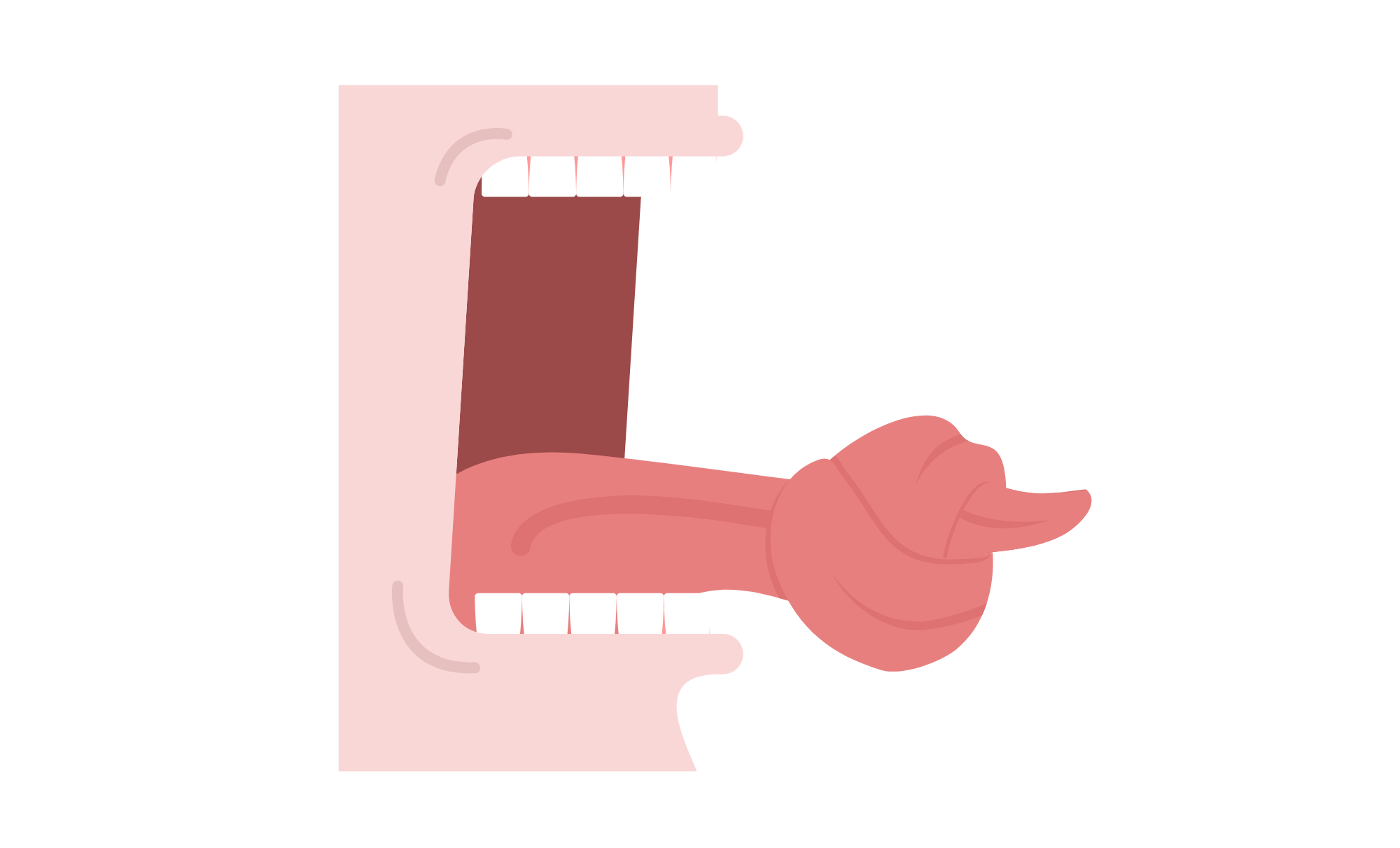
Stuttering assessment (2 sessions)
Kérjük vegyék figyelembe, hogy 15 év alatt mindenképpen 2 alkalmas a vizsgálat.
A dadogás és hadarás olyan beszédzavarok, amelyek jelentősen befolyásolhatják a kommunikáció hatékonyságát és az önbizalmat. Amennyiben ezeket a problémákat nem kezelik időben, hosszú távon hatással lehetnek az egyén társas kapcsolataira és mindennapi életére. Célunk, hogy szakértői segítséget nyújtsunk mindazoknak, akik szeretnének javítani beszédkészségeiken, és hatékonyan küzdeni a dadogás vagy hadarás ellen.
What Is Stuttering? – A Guide for Parents and Individuals
Stuttering is a fluency disorder involving involuntary disruptions in the rhythm and flow of speech. A person who stutters may repeat sounds, syllables, or words (e.g., “m-m-m-mom”), pause unexpectedly, or prolong certain sounds. These speech blocks are often accompanied by visible physical signs such as facial tension, eye avoidance, head movements, or other signs of physical effort as the speaker tries to push through the disfluency.
A Modern Understanding of Stuttering
Our understanding of stuttering has developed significantly in recent years. Today, it is seen as a multidimensional condition, not just a speech issue. Along with the physical symptoms, we now consider psychological reactions, cognitive processing, and the speaker’s emotional and social experiences.
According to modern classification, stuttering can be understood on three levels:
Core symptoms: speech blocks, sound or syllable repetitions, sound prolongations, and moments when the voice "gets stuck."
Secondary symptoms: physical or behavioral attempts to avoid or overcome stuttering—such as blinking, head jerks, or avoidance behaviors.
Affective-cognitive components: emotional and mental reactions like shame, anxiety, low self-esteem, or fear of speaking.

The GUITAR Model – A Multidimensional Approach
The GUITAR model (Gradual Increase in Understanding and Targeting the Affective Reactions) was developed by American speech-language pathologist Barry Guitar. It is now one of the most widely used therapy frameworks. The model views stuttering as a complex phenomenon involving:
Motor (speech coordination)
Emotional (anxiety, fear)
Cognitive (self-perception and thought patterns)
Social (stress experienced in communication situations)
The goal of the GUITAR approach is not only to reduce disfluency but to help the individual better understand their own reactions and gradually change them. Through therapy, the person learns to:
Identify and accept their symptoms
Reduce anxiety and avoidance behaviors
Discover personalized techniques that support smoother communication
Who Stutters?
Stuttering most commonly begins between the ages of 2 and 6, a period of rapid language development and increased desire to communicate. Temporary disfluency is common during this stage—it is known as developmental disfluency and usually resolves on its own.
However, if disfluency is accompanied by abnormal breathing, muscle tension, involuntary movements, or feelings of shame, it is more likely to be genuine stuttering and should be evaluated by a professional.
In adults, stuttering usually originates in childhood, but acquired stuttering can occur in rare cases due to trauma, brain injury, or emotional shock.

What Causes Stuttering?
The exact cause of stuttering is unknown, but research suggests a combination of contributing factors:
Neurological differences in the brain areas responsible for speech
Genetic predisposition, especially if there is a family history
Rapid language development that outpaces the child’s speech-motor coordination
Psychological factors like stress or anxiety, which don’t cause stuttering but can worsen the symptoms
How Is Stuttering Evaluated?
A stuttering assessment includes a detailed case history (anamnesis) with questions such as:
When did the symptoms begin?
Who noticed the stuttering first, and how did others respond?
Is the child aware of the issue?
The therapist then observes the individual’s speech and communication in various contexts. Additional evaluations may include vocabulary testing, attention assessment, or motor skills analysis to build a complete picture of the individual's needs and risk factors.
Why Is Treatment Important?
Untreated stuttering can negatively affect self-confidence, social interactions, and performance in school or the workplace. It often leads to anxiety, withdrawal, and pressure to perform. Early and professional speech therapy is especially important in childhood, where the chances of full recovery are higher.
How Can Speech Therapy Help?
Speech therapy is always individualized based on the person’s symptoms, age, and goals. Treatment may include:
Breathing exercises to reduce tension and improve fluency
Speech rate control to increase awareness and establish a steady rhythm
Relaxation and stress management techniques to reduce emotional strain
Confidence-building in communication
GUITAR-based strategies to help individuals reshape their relationship with stuttering and develop a more open, accepting communication style
Therapists also work closely with parents to ensure a calm, supportive home environment that encourages natural, stress-free speech.
Key Points to Remember:
Stuttering is not the parent's fault, nor is it a bad habit
Early intervention leads to better outcomes
Speech therapy is also effective for adults—it’s never too late to seek help
When and How to Book an Assessment
Children are always assessed over two sessions to allow for thorough observation and interaction.
Adult clients may choose a single-session assessment, but we recommend two sessions, as the second consultation often provides helpful insight and clarity regarding treatment options.
If you or your child is struggling with stuttering, don’t hesitate to reach out.
Our experienced speech-language pathologists are here to help you gain fluency, confidence, and freedom in communication.
Take the first step today.
 Log in with GoodID
Log in with GoodID